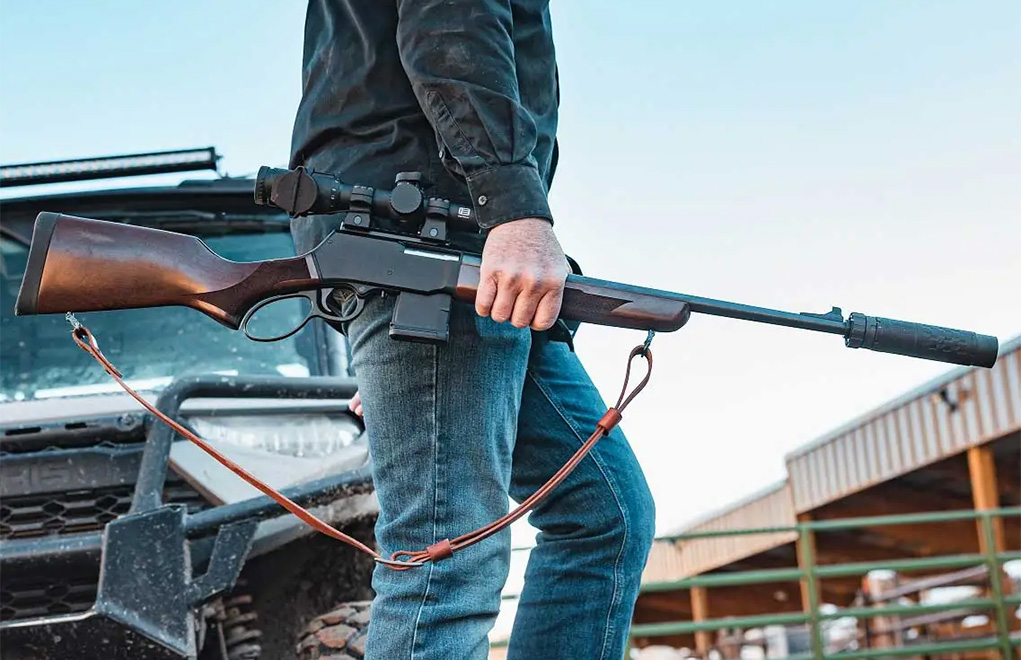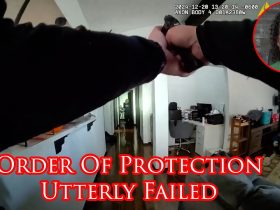These past few years have been a time when the industry shifted and adapted to different reflex optics mounting standards. Now that red dot sights are truly mainstream, here are some of the most-popular pistol optics mounting footprints in circulation.
Trijicon RMR / SRO
The Trijicon RMR footprint is likely the most popular red dot optics mounting footprint out there today. The Trijicon RMR has enjoyed popularity as the go-to ruggedized micro red-dot sight in military and law enforcement circles for those wanting to modify their handguns. Original RMRs themselves were first launched in 2009 and were meant to augment magnified optics such as Trijicon’s ACOG scopes. Trijicon’s more recent micro reflex sights such as the SRO and RCR also use the RMR’s original mounting footprint. A slew of other optics companies manufacture products to work in conjunction with the RMR footprint, most notably Holosun and their extremely popular HS407 / HS507 series of sights. Likewise, many companies in the business of furnishing aftermarket handgun slides default to the Trijicon RMR footprint due to its wide market share.
 Shield Sights RMSc
Shield Sights RMSc
If the Trijicon RMR optics mounting footprint is the most popular for double-stack, compact- or duty-size semi-automatic pistols, then the Shield Sights RMSc footprint is the counterpart for the slimmer defensive carry pistols. These models tend to be slimmer, polymer-frame, striker-fired 9mm pistols whose width is less than the typical double-stack pistol, such as the Glock G48, SIG Sauer P365, Smith & Wesson M&P Shield, Taurus GX4 and the Springfield Hellcat. The RMSc footprint is also well-suited to single-stack 1911-style pistols and the increasingly popular double-stack 1911 pistols out there. The thinner footprint of the Shield Sights RMSc pattern sights is tailor-made for these types of guns, allowing them to securely mount an optic without adding extra width and excess bulk.
 Special Mention: Holosun-K
Special Mention: Holosun-K
It’s hard to discuss micro-compact red-dot sights without mentioning the Holosun-K footprint. The Holosun-K is nearly identical to the Shield RMSc save for the omission of the two rear posts found on the RMSc. The Holosun K still counts on a slim base and Holosun’s 407K, 507K, EPS and EPS Carry reflex sights are also well-regarded by those who carry slimmer 9mm pistols and 1911s.
Leupold DeltaPoint Pro
 The Leupold DeltaPoint Pro optics mounting footprint is another well-established pattern with some industry longevity. Like the Shield RMSc, the DeltaPoint Pro footprint uses a narrower base that plays well with thinner slides; this is one of the reasons why the DeltaPoint Pro footprint is popular on pistols like the Staccato 2011, which have a narrower, 1911-patern slide. Beyond Staccato 2011 pistols, there are many SIG-Sauer P320 variants that can directly accept a DeltaPoint Pro footprint sight directly onto their slides. The Vortex Optics Defender series also uses the Leupold DeltaPoint Pro as the basis for its optics footprints.
The Leupold DeltaPoint Pro optics mounting footprint is another well-established pattern with some industry longevity. Like the Shield RMSc, the DeltaPoint Pro footprint uses a narrower base that plays well with thinner slides; this is one of the reasons why the DeltaPoint Pro footprint is popular on pistols like the Staccato 2011, which have a narrower, 1911-patern slide. Beyond Staccato 2011 pistols, there are many SIG-Sauer P320 variants that can directly accept a DeltaPoint Pro footprint sight directly onto their slides. The Vortex Optics Defender series also uses the Leupold DeltaPoint Pro as the basis for its optics footprints.
Aimpoint ACRO
 The Aimpoint ACRO footprint is an odd duck, as it is radically different from the rest of the mounting footprints listed here. Whereas the Trijicon RMR, Shield RMSc, Holosun-K and Leupold DeltaPoint Pro footprints all use two vertically fastened screws that tighten down into a plate or slide, the Aimpoint ACRO footprint uses a single horizontal screw that clamps to an angled surface, not unlike the way a Picatinny rail mount clamps itself against the surface of the Picatinny rails.
The Aimpoint ACRO footprint is an odd duck, as it is radically different from the rest of the mounting footprints listed here. Whereas the Trijicon RMR, Shield RMSc, Holosun-K and Leupold DeltaPoint Pro footprints all use two vertically fastened screws that tighten down into a plate or slide, the Aimpoint ACRO footprint uses a single horizontal screw that clamps to an angled surface, not unlike the way a Picatinny rail mount clamps itself against the surface of the Picatinny rails.
Due to its unique design, the Aimpoint ACRO footprint works with ‘mailbox’ type enclosed-emitter reflex sights. The most notable examples include all generations of the Aimpoint ACRO series and the Steiner MPS. Beyond that the Aimpoint ACRO footprint is similar to the Trijicon RMR footprint in that many other companies tailor their own enclosed-emitter red-dots to fit the ACRO footprint; the Lucid Optics E7 is a great example.
Read the full article here


















Leave a Reply